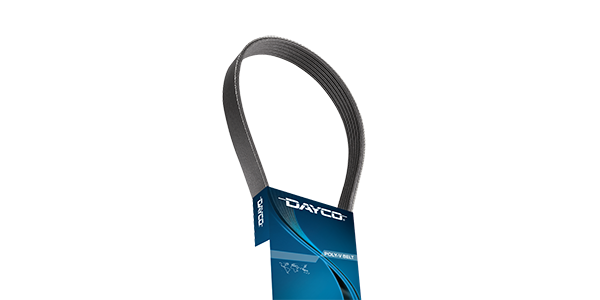Understanding Stretch-Fit Belt Applications
Stretch belts can last 100,000 miles or more depending on the vehicle’s environment and where it is mounted.

How Belts, Tensioners And Misfires Are Connected
Modern crankshaft position sensors measure more than the position of the crankshaft.

Understanding Belt Friction And Tension
Misalignment and bearing wear can cause the belt to track off-center.
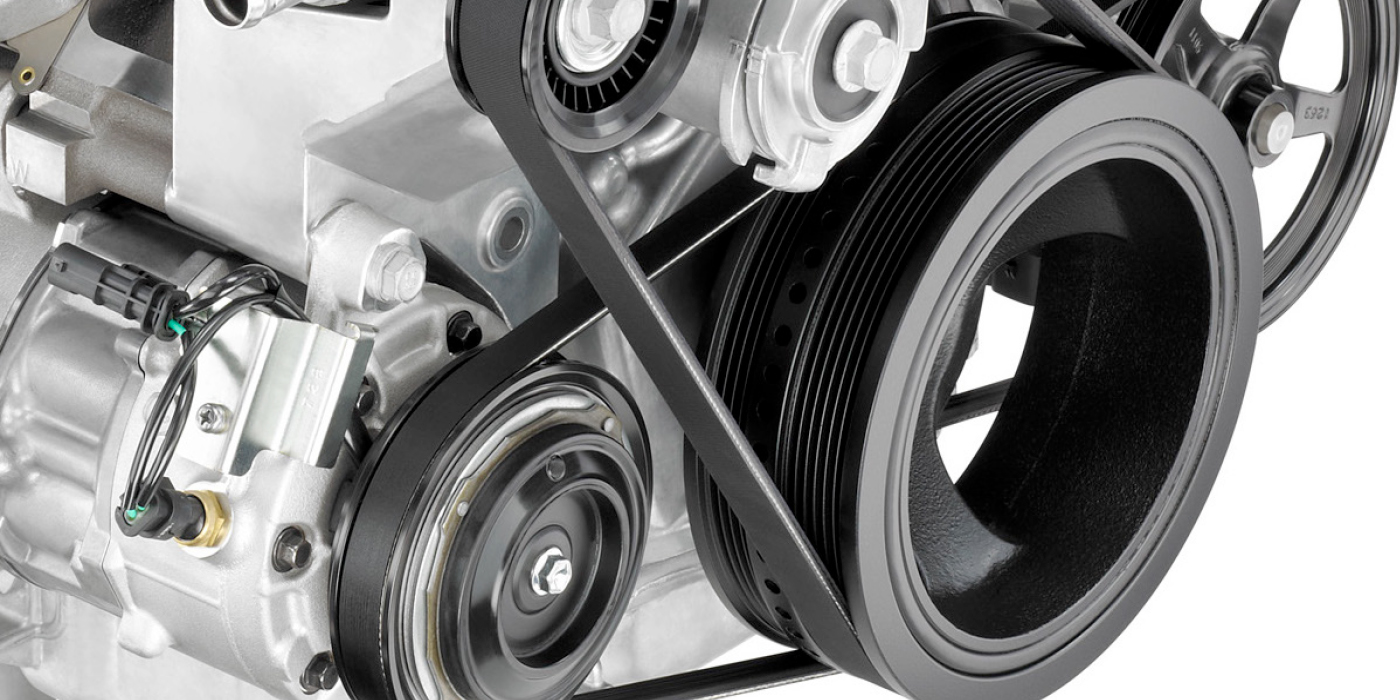
Tech Tip: Replace A Failed Water Pump And Timing Belt At Once
Here are three main reasons why you should have a conversation with your customer to replace multiple parts simultaneously.
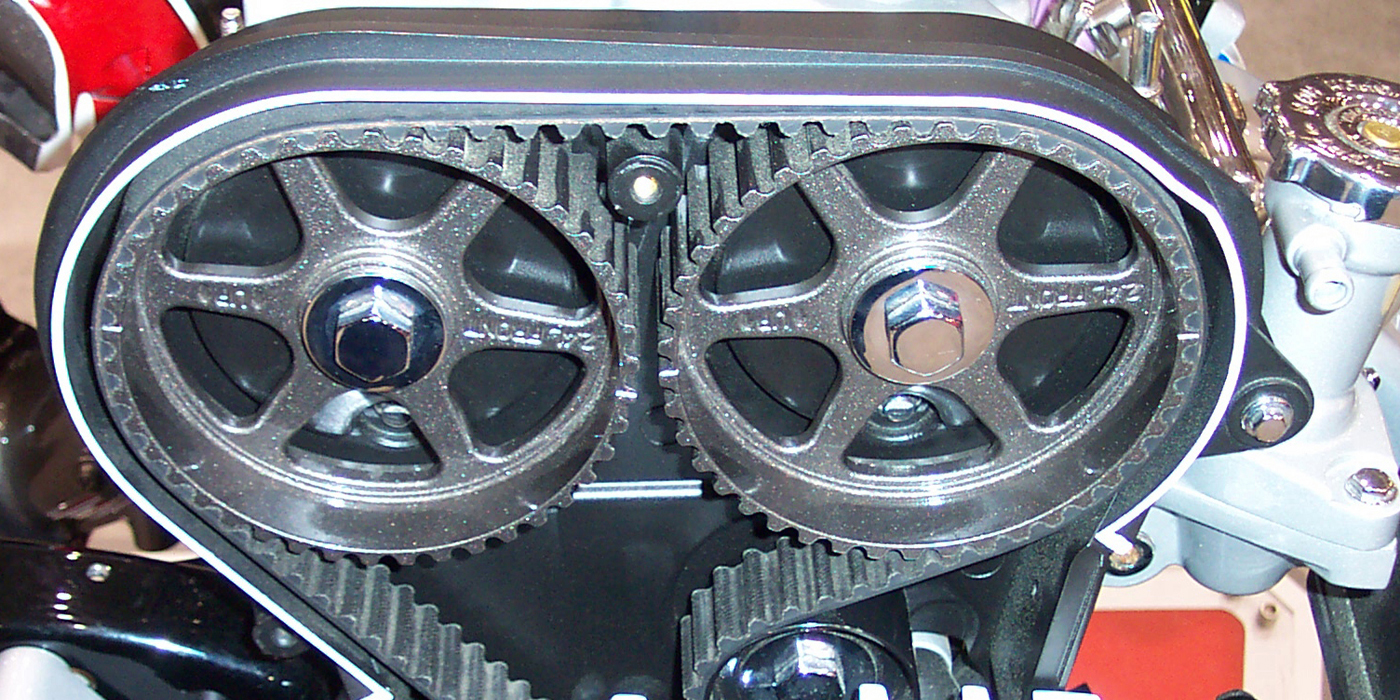
Dayco Tech Tip: Long-Lasting Vehicle Belts
Belts continue to be one of the most frequently replaced wear items on vehicles today. The typical replacement interval for serpentine belts and flat belts today is around 90,000 miles – which for many vehicles means only once every seven to nine years!
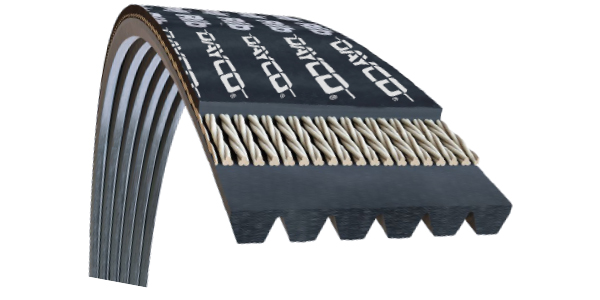
Attention To Tension: Why Start-Stop Engines Still Require Belt Diagnosis
As many start-stop vehicles are aging out of warranty, you are likely to be encountering them in your service bays.
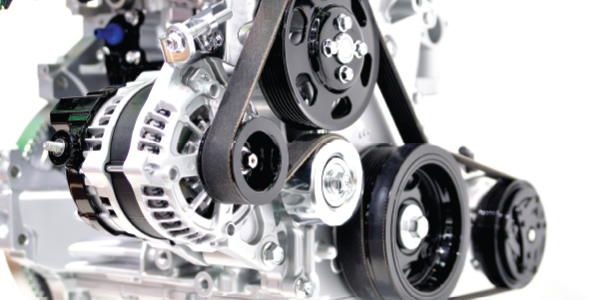
Alternator Pulley Diagnostics
When faced with an illuminated charge light diagnosis on most late-model vehicles, do not automatically assume the problem is inside the alternator and potentially unserviceable.

Engineering Better Belt Systems
When a piston accelerates downward after the ignition of the fuel and air, the crankshaft speeds up and then slows down as it reaches the bottom of the stroke.
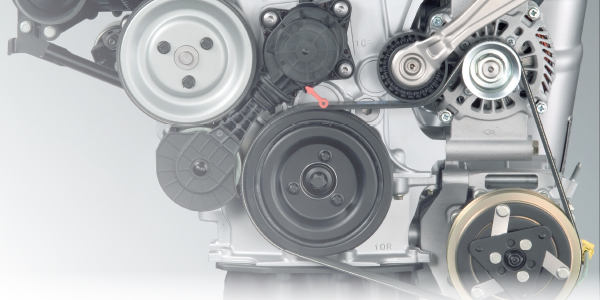
Advanced Belt Noise Diagnostics
One of the noisiest components under the hood of a vehicle can be the belt and the drive components. Noise is not the fault of the belt, but the result of how the power comes from the crankshaft and the components attached to the belt.
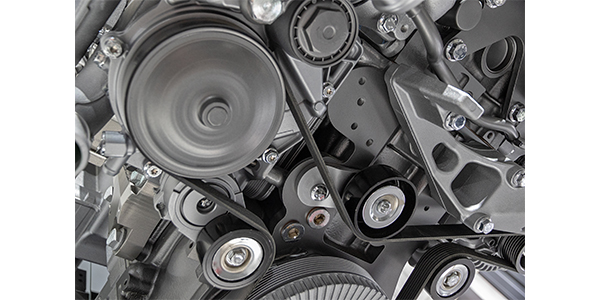
VIDEO: Measuring Belt Tension With A Krikit Gauge
Andrew Markel describes the usage of a krikit gauge and how it can inform you of the health of an accessory belt. Sponsored by Continental.
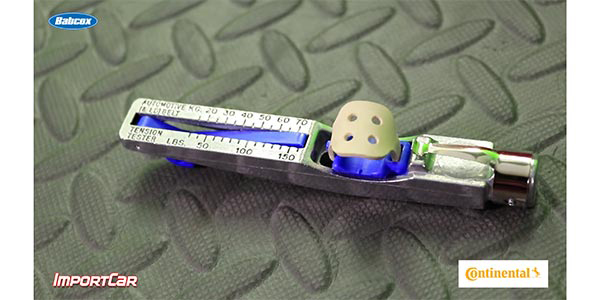
The Second Belt: Getting The Replacement To Last As Long As The Original
Selling a replacement serpentine belt at 90,000 or 100,000 miles is easy. But, making that new belt go the same distance as the original can be more difficult. With zero miles on an odometer, the belt is operating in the best possible environment. The plane of the belt pulleys is properly aligned and there are no leaks. And, the tensioner is new and the spring and dampening elements are not worn out.
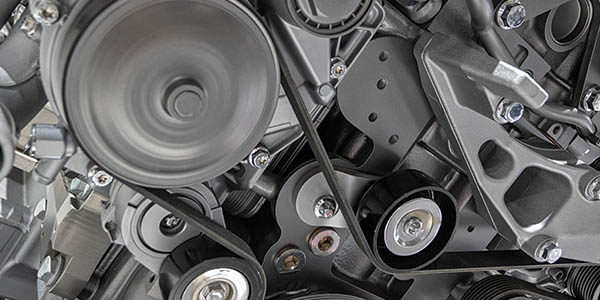
Automotive Belts, While Lasting Longer Than Ever, Still Wear Out Over Time
The typical replacement interval for serpentine belts and flat belts today is around 90,000 miles – which for many vehicles means only once every seven to nine years! That’s a lot of miles between belt changes.
